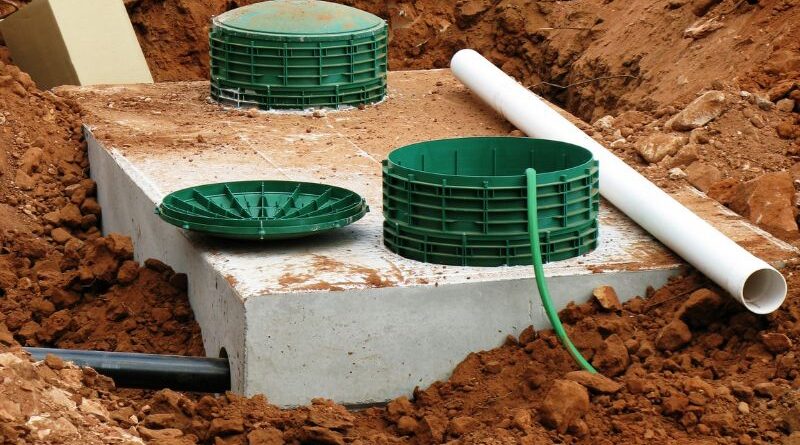How to Handle a Septic Tank Emergency If Your System Breaks
Nobody likes to think about their septic tank failing, but if it happens, you need to act fast. A septic tank emergency is a messy, stressful situation that can cause a lot of damage to your home and yard. But don’t worry—knowing what to do in case of a failure can help you manage the situation more effectively. Here’s a step-by-step guide to help you through it.
1. Recognize the Signs of Septic Failure
First, you need to know the signs that your septic tank might be failing. Some common indicators include:
- Slow Drains: If your sinks, toilets, or showers are draining slower than usual, this could be a sign that your septic tank is backing up.
- Foul Odors: A strong, unpleasant smell coming from your drains, yard, or near the septic tank is a clear sign that something is wrong.
- Soggy Yard: If you notice wet, spongy patches in your yard, especially around the septic tank or drain field, it’s a red flag.
- Sewage Backups: This is the most obvious and serious sign. If sewage starts backing up into your home, it’s time to take immediate action.
2. Stop Using Water Immediately
Once you suspect a septic tank issue, stop using water in your home. This means no flushing toilets, running faucets, using the washing machine, or taking showers. The more water you use, the more pressure you put on the septic system, potentially making the problem worse.
3. Avoid Contact with Sewage
If there’s a sewage backup, avoid contact with the wastewater. Sewage can contain harmful bacteria and viruses that pose serious health risks. Keep kids and pets away from affected areas and don’t attempt to clean it up yourself without proper protective gear.
4. Call for Professional Help
This is not a DIY situation. As soon as you notice signs of a septic failure, contact a professional who offers septic tank services in my area. They’ll be able to assess the situation and take the necessary steps to fix the problem. In an emergency, some companies offer 24/7 services, so don’t hesitate to reach out, even if it’s late at night or on the weekend.
5. Limit the Damage
While waiting for the professionals to arrive, there are a few things you can do to limit the damage:
- Divert Water Away: If you notice water pooling outside, try to divert it away from your home and the septic tank area. This can prevent further saturation and damage to your property.
- Use Absorbent Materials: If there’s a minor spill indoors, use absorbent materials like towels or blankets to contain it. However, avoid pushing any water back down the drains, as this could worsen the problem.
6. Prevent Future Issues
After the emergency is handled, you’ll want to take steps to prevent future septic tank problems. Here are some tips:
- Regular Maintenance: Have your septic tank inspected and pumped regularly—typically every 3 to 5 years, depending on your household size and water usage.
- Watch What You Flush: Only flush toilet paper and human waste. Items like wipes, feminine hygiene products, and grease can clog the system.
- Conserve Water: The less water you use, the less strain you put on your septic system. Consider installing water-saving fixtures and fixing leaks promptly.
Final Thoughts
A septic tank failure is never convenient, but by staying calm and knowing what to do, you can minimize the damage and get your system back in working order. Remember, the key is to act quickly and rely on trusted professionals for help. If you’re ever in need, don’t hesitate to search for septic tank services in my area—having a reliable company like Septic Masters on speed dial can make all the difference when disaster strikes.

